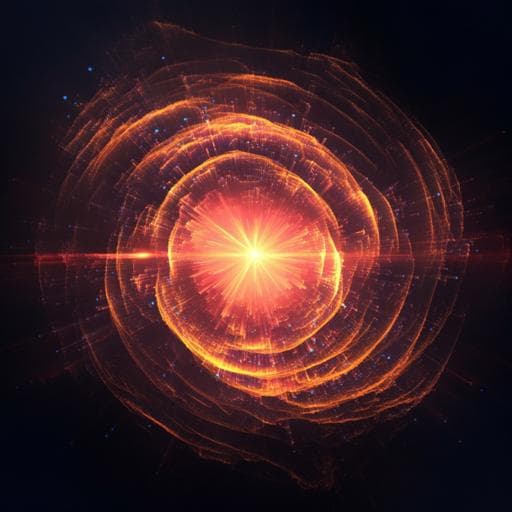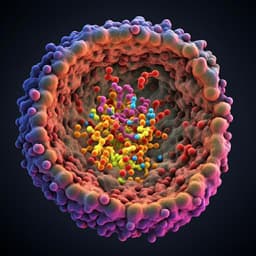
Physics
Nanosecond anomaly detection with decision trees and real-time application to exotic Higgs decays
S. T. Roche, Q. Bayer, et al.
Explore how a team of innovative researchers, including S. T. Roche and Q. Bayer, developed an autoencoding algorithm using deep decision trees on FPGA for rapid anomaly detection at the LHC. This groundbreaking system not only detects rare Higgs boson decays with incredible speed but also operates efficiently in resource-limited environments, paving the way for advanced applications in edge AI.
~3 min • Beginner • English
Related Publications
Explore these studies to deepen your understanding of the subject.







